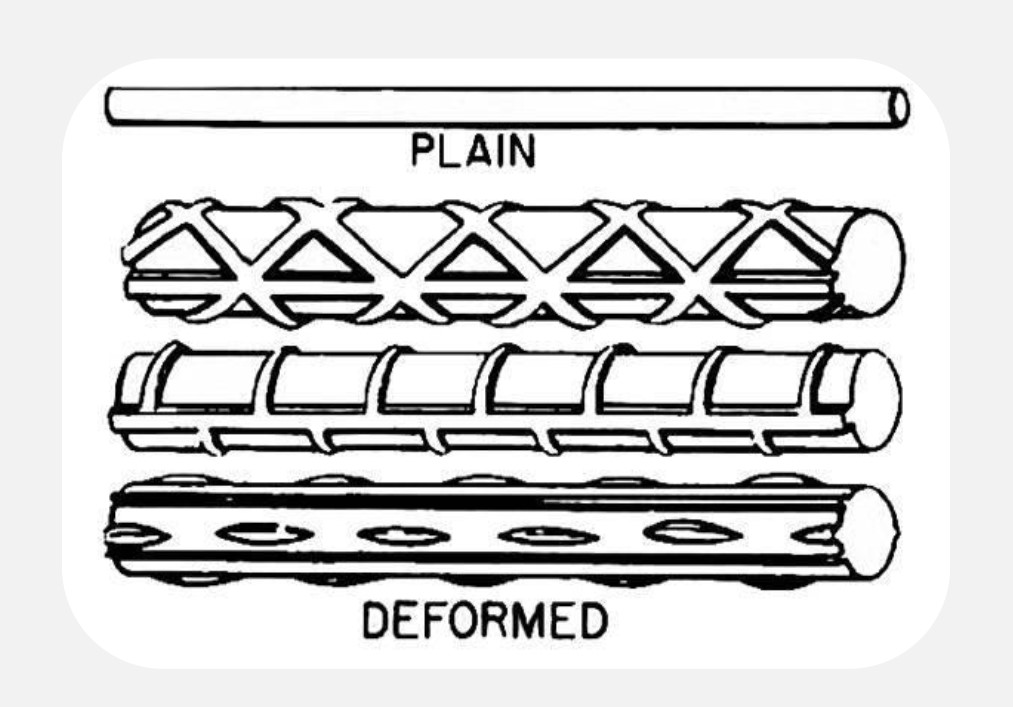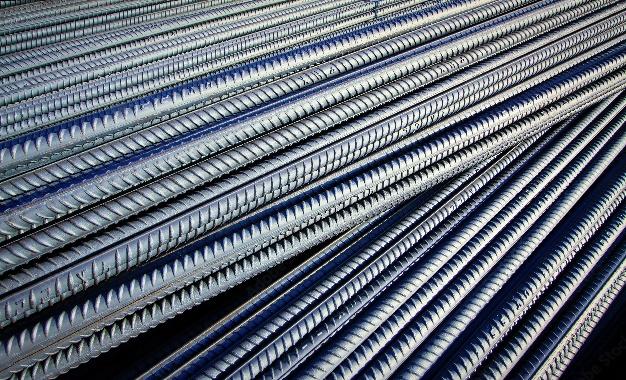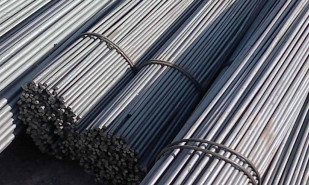
Deformed Bars Vs Plain Bars
Which is Better for Construction in Bangladesh?
Background
Understanding Deformed Bars

Benefits of Deformed Bars
Superior Bonding Strength: The ribs on deformed bars create a mechanical interlock with concrete, enhancing bonding strength. This feature is crucial in Bangladesh, where buildings must withstand
heavy rainfall and potential flooding.
Higher Load-Bearing Capacity: Deformed bars can support greater loads compared to plain bars due
to their superior tensile strength. This characteristic is vital for high-rise buildings and infrastructure
projects in urban areas like Dhaka, Chittagong, Sylhet, Rajshahi and Cox’s Bazar.
Crack Resistance and Ductility: The design of deformed bars allows them to absorb stress better,
reducing the likelihood of cracks under dynamic loads. This property is particularly beneficial in
earthquake-prone regions of Bangladesh.
Corrosion Resistance: Many Bangladeshi steel manufacturers produce deformed bars with corrosionresistant coatings, making them suitable for humid environments.
Versatility in Construction: Deformed bars are available in various sizes and grades, making them
adaptable for different construction needs, from residential buildings to large-scale infrastructure
projects.
Drawbacks

Costly

Complex Handling

Understanding Plain Bars
Benefits of Plain Bars

Ease of Use

Cost-Effective
Drawbacks
Lower Bond Strength: Plain bars do not bond effectively with concrete, leading to increased slippage
under load. This can compromise structural integrity over time.
Limited Applications: Due to their lower tensile strength, plain bars are mainly used in low-stress
applications such as non-structural elements or minor construction projects.
Cost-Effectiveness: While plain bars may be cheaper initially, their long-term performance issues can lead to higher maintenance costs.
Understanding Plain Bars

The Bangladeshi Steel Market Perspective



